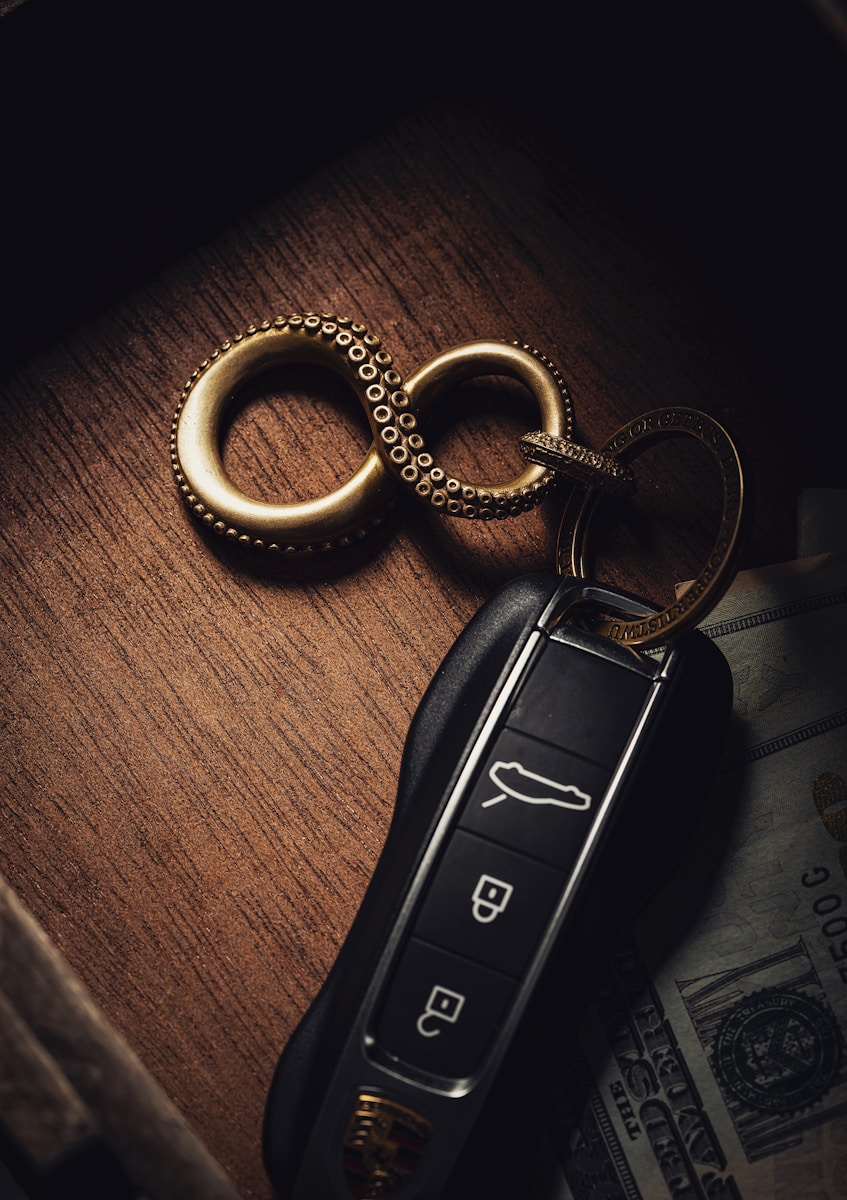Car Leasing Trends Shift as Consumers Rethink Long-Term Costs
Thinking about leasing your next car? You’re not alone. More drivers are choosing leases over purchases these days, drawn by lower monthly payments and the chance to drive newer vehicles. But leasing isn’t as straightforward as it might seem at first glance. Here’s what you really need to know before you walk into that dealership.
Milege Is Important: Get A Personalised Deal
Here’s something that catches people off guard: most leases come with strict mileage limits. We’re talking 10,000 to 15,000 miles per year, though you can sometimes negotiate up to 20,000. Go over that limit? You’ll pay through the nose—sometimes 15p to 25p for every extra mile.
So, look for leasing that offers a personalised mileage and carefully consider the distance you actually drive: add up your daily commute, factor in weekend trips to see family, and remember those summer holidays. If you’re someone who loves impromptu road trips or has a lengthy commute, pay for extra miles upfront. Trust me, it’s cheaper than the alternative.
Beyond Monthly Payments: Look For Extra Services
Those tempting adverts showing £199 per month? That’s just the beginning. You’ll typically need to put down several hundred pounds upfront, plus your first payment and often a security deposit. Then there’s insurance—and not just any insurance. Lease companies want comprehensive coverage, which costs more than basic third-party.
Maintenance and malfunctions are another wildcard. Top leasing companies offer contracts that include everything, while others leave you responsible for services and repairs. For example, at e-store.leasys.com you can find leasing with 24/7 roadside assistance in the UK and Europe included.
Plan Your Exit Strategy Early
What happens when your lease ends? You’ve got choices, but they’re not all equal. You can hand back the keys and walk away, buy the car at its predetermined value, or roll into another lease. Each option has pros and cons.
Many people find themselves wanting to stick with leasing—there’s something appealing about always having a reliable, modern car with the latest tech. If that sounds like you, companies like Leasys have made the transition process pretty seamless, helping you move from one vehicle to another without the usual hassle.
Wear and Tear Can Be Expensive
“Normal wear and tear” sounds reasonable until you’re arguing with an inspector about whether that scratch on the bumper counts as normal. Lease companies have detailed guidelines about what’s acceptable, and their definition might be stricter than yours.
Take photos when you collect the car, documenting the vehicle status, and do the same when you return it. Keep all your service records too. This way you can avoid a£300 charge for “excessive tyre wear” by proving the tyres were already worn when you got the car.
The bottom line? Leasing can be brilliant if you understand what you’re signing up for. Do your homework, read everything carefully, and only pick leasing with the top trustworthy companies. Your future self will thank you.
